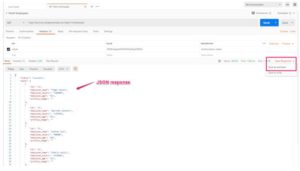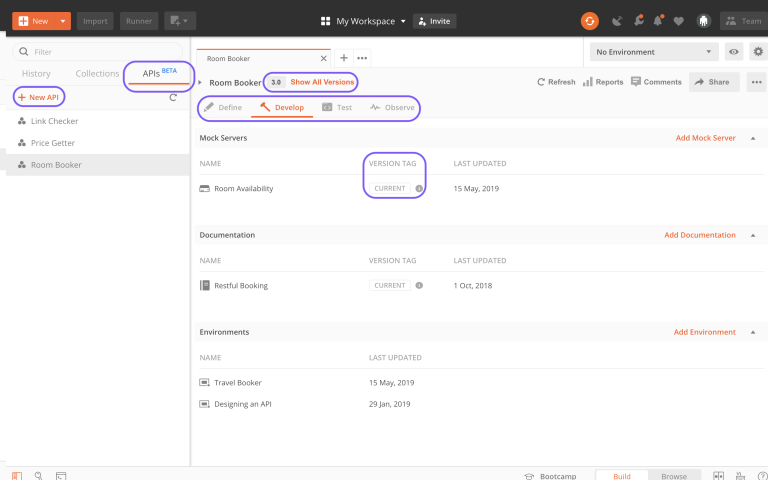

Writing API documentation is a multi-step process that requires familiarity with the API's functionality, empathy for its consumers, and a willingness to iterate. Release notes are an important resource for an API's consumers, as some changes may affect their own codebase. Release notes: Release notes include updates on important changes to an API, such as new features, bug fixes, or security patches.This type of documentation is often provided in several programming languages, and it helps the reader better understand what to expect from the API.
POSTMAN GENERATE API DOCUMENTATION CODE

These tutorials are often focused on a specific use case that the API is intended to support, and they may also cover common workflows that are required to get started, such as authentication.
POSTMAN GENERATE API DOCUMENTATION SOFTWARE
These benefits ensure that every team is able to work efficiently towards the end goal of delivering excellent software to users. For instance, internal API documentation facilitates cross-team collaboration, reduces code duplication, and streamlines the onboarding process for new employees. An increasing number of organizations are therefore adopting the API-first strategy to help them systematically develop high-quality APIs that advance business objectives in myriad ways.ĪPI documentation plays a crucial role in ensuring the success of any API-whether it's private or public. This approach not only enables teams to build highly performant applications that are powered by an intricate web of microservices, but also complements the API-as-a-Product strategy, in which APIs are offered as billable products to third-party consumers. Why is API documentation critical in an API-first world?ĪPI-first is a development model in which applications are conceptualized and built by composing internal or external services that are delivered through APIs. Finally, we'll explore how the Postman API Platform enables producers to create API documentation that sets their consumers up for success. Then, we'll review the key components of API documentation, as well as some API documentation best practices. Here, we'll start by discussing the role that API documentation plays in an API-first world. Teams that prioritize API documentation typically see higher rates of API adoption, fewer support tickets, and-in the case of public APIs-increased revenue. For instance, private API documentation improves cross-team collaboration, while public API documentation makes it easier for leaders to understand a third-party API's intended use case and determine whether it will help advance their organization's business goals. Effective API documentation improves the developer experience for private, partner, and public APIs, but it also offers distinct benefits for each API type.

API documentation is a set of human-readable instructions for using and integrating with an API.ĪPI documentation includes detailed information about an API's available endpoints, methods, resources, authentication protocols, parameters, and headers, as well as examples of common requests and responses.


 0 kommentar(er)
0 kommentar(er)
